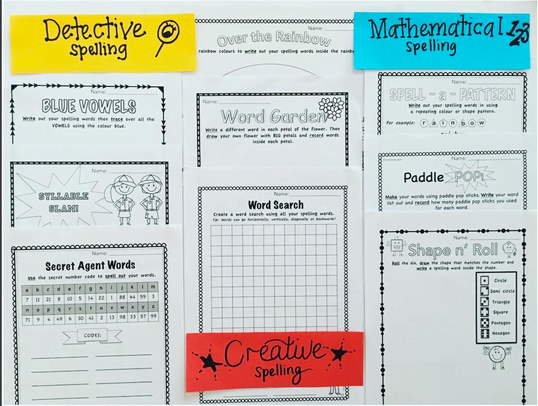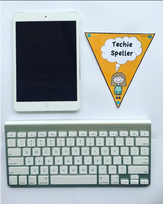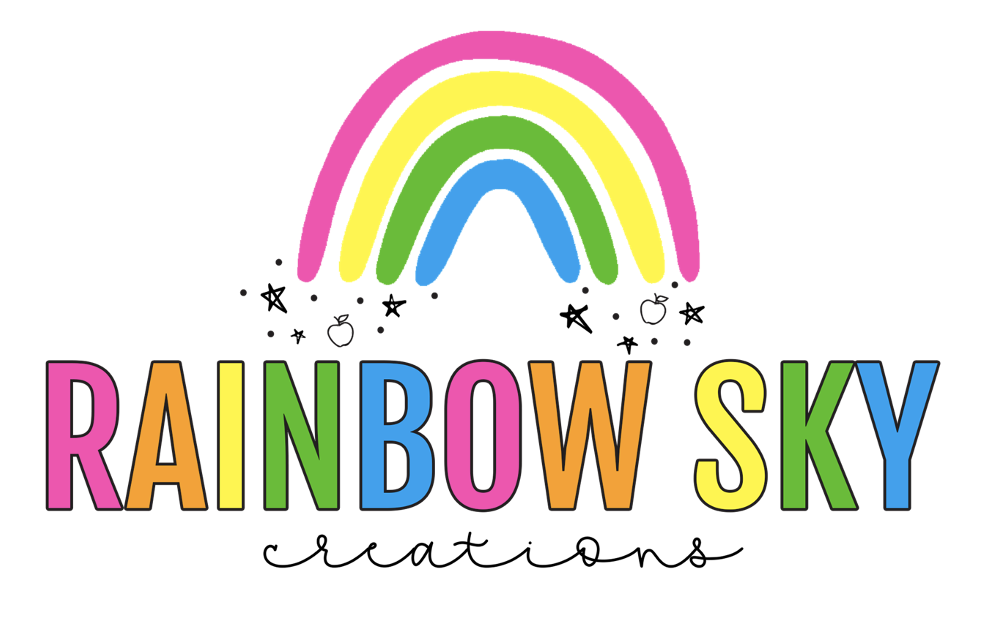Look, cover, write, check… sound familiar? I’m sure we have all experienced this method of ‘teaching spelling’… as a student, from a colleague, as a practicum teacher or even as a teacher ourselves (don’t worry, no judgement!) But IS simply copying words from a given list the key to teaching students to actually spell? Furthermore, we can probably all agree it isn’t a method that develops a ‘spark’ within a learner, no matter how it is sugar coated.
Spelling is about creating links with other literacy experiences, it is about finding and noticing patterns, and it is about ‘working with words’ within a context. Additionally, like in all Key Learning Areas, learners in our classroom are at differing points in their spelling journey. We may all be in agreement that giving a list of words for the class to remember and then be tested on the following Friday is no longer seen as best practice, but what is? How can we get our students ‘working with words’ in order to become fluent, confident and exceptional spellers?
1. Word Immersion
Display words around your classroom or home. Refer to them. Allow visual students to see them, auditory students to hear them and kinaesthetic students to touch and trace them with their finger. Talk about what they mean and how we could use them when writing. Create word banks using literature that students are currently reading and interested in. Ask them, “Is there any vocabulary on this page that you would like to use in your writing? Can you try and put it in a sentence? Can you see any graphological or phonological clues that could help you spell this word?”
2. Get Technical
Teach students the correct terminology when talking about how words work. Use words such as grapheme, phoneme, syllable and segmenting. Explain to them why words are categorised in particular ways and find examples. Immersing students in the ‘language’ of spelling is no different to using technical terminology in science or mathematics!
3. Personalise
Ask students to get involved in choosing words they need to learn to spell. Set spelling goals and assess their spelling within writing samples. Teach the students that spelling is a part of writing and doesn’t stand alone in a Friday test and then forgotten. Challenge them to use words they find in literature in their writing – send this challenge home (with a range of hands-on activities) instead of a standard list.
4. Cater for a range of learning styles
As educators we all know that our students learn differently. Spelling doesn’t always need to involve writing. Ask students to work with words using a variety of activities and allow student voice and choice. This can be one of the most powerful tools used as a teacher because in turn, the students are teaching YOU how they like to learn best… create an environment where students want to take risks in their spelling journey and actually enjoy the process as well!
5. Create links
There is so much we seemingly need to squeeze into the infamous daily literacy block, that sometimes it becomes overwhelming! Spelling doesn’t need to standalone. Use activities during your literacy rotations or daily five where students are working with words by exploring how words actually work. Use opportunities to explicitly teach spelling when students are decoding words in guided reading – make that link between reading and spelling obvious so the students start to see the relationship between the two.
6. Integrate
Like anything, we learn by doing and creating links. Little minds are just the same. Spelling is a key skill used everyday in the classroom and in the real world. So include explicit spelling instruction throughout the day in all Key Learning Areas. Make lists of key vocabulary linked with what you are teaching and explain spelling patterns or handy hints when spelling these words as you teach. Although it may happen incidentally throughout your day, plan for these teachable moments that allow for students to create spelling links in any and every lesson.
Spelling is one of those skills that is on a continuum of learning, linking closely with reading and writing skills. Instead of focusing on whether a student has ‘mastered’ spelling according to their age, core lists and weekly assessments, perhaps our focus needs to shift to involving the students in the conversation of ‘how do words actually work’ and then how are you going to apply this!
Find our no prep spelling packs for any spelling list here (Grades 1-2) and here (Grades 3-6).
What to read next… 12 Awesome Picture Books for Math!



